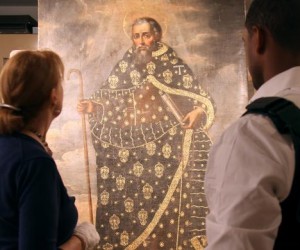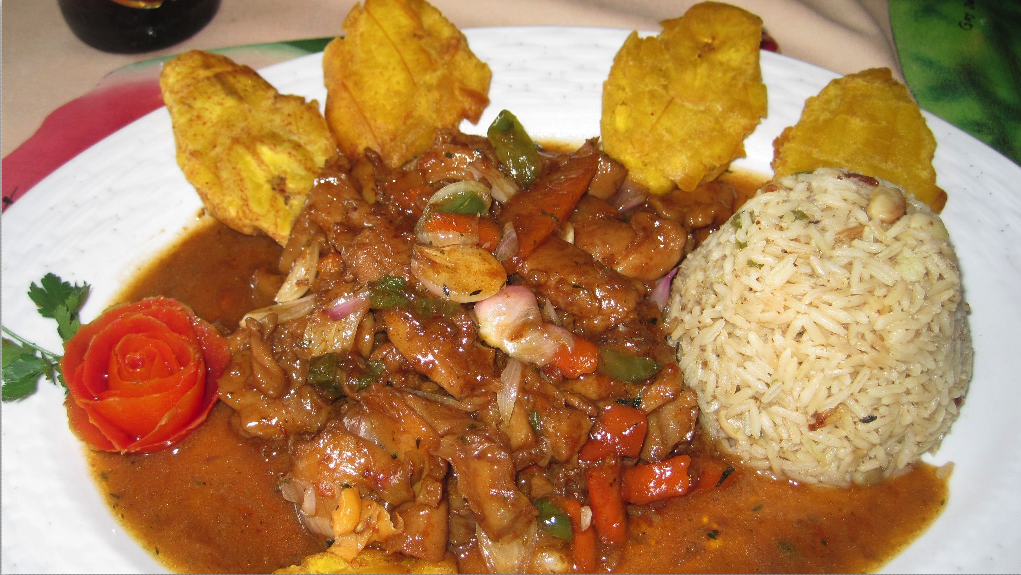
By NAN Staff Writer
News Americas, WASHINGTON, D.C., Fri. Oct. 24, 2014: Several looted Peruvian artifacts smuggled into the United States during the last several years have been returned to the countries government.
Following four separate investigations by the U.S. Immigration and Customs Enforcement’s (ICE) Homeland Security Investigations (HSI), the artifacts were found and returned Wednesday to the Peruvian Consuls during simultaneous repatriation ceremonies in San Antonio, Denver and Boston.
Items returned included two Colonial-era Cusco paintings, a funerary vessel from 100-1532 A.D., a Chancay statue from 1200-1450 A.D., a Lambayeque-style vessel from 800-1300 A.D., and Incan artifacts looted from ancient Peruvian graves.
“The cultural treasures returned today do not belong in the hands of any private collection or one owner. They belong to the people of Peru where they can be displayed and serve as a reminder of Peru’s rich cultural heritage,” said Thomas Winkowski, acting ICE director. “ICE remains a committed partner in the effort to ensure that we investigate individuals involved in the illicit trade and objects like these are returned to their rightful owner.”
“Thanks to the strong cooperation and commitment between the Government of Peru and the specialized agencies of the United States, we achieved the repatriation of an important number of pieces, because cultural property crimes are borderless and require a coordinated law enforcement response among countries” said Harold Forsyth, Ambassador of Peru in the United States. “The recovery of those cultural heritage artifacts is also a moral triumph for Peru so that the history of an ancient civilization may be preserved, a memory that belongs not only to Peru but humanity.”
Two paintings of St. Vincent Ferrer and St. Anthony Abbot were returned Oct. 22 by HSI San Antonio. They were stolen from the Maria Magdalena Church in Taray, Peru, in October 2001. The paintings were ripped from the upper-left and upper-right niches of the principal altar of the church. Both were retouched and reframed for sale and auction in the United States. The Peruvian Consul in Houston accepted the paintings at a ceremony at the San Antonio Museum of Art, hosted by HSI San Antonio Special Agent in Charge Janice Ayala.
In 2009, HSI Austin received information regarding four antique religious oil paintings stolen from churches in Peru that were sold at an Austin auction house. HSI special agents initiated an investigation and determined the paintings were listed in Interpol’s stolen works of art database. The paintings were seized from the individuals who purchased the paintings. Two of the paintings were repatriated to the Republic of Peru in 2012.
HSI Salt Lake City initiated its investigation after receiving information from HSI Tel Aviv that a U.S. citizen had been arrested by the Israeli antiquities authorities for attempting to smuggle antiquities out of Israel. Special agents interviewed the individual at his home in Utah which resulted in the seizure of objects purchased in Peru and Costa Rica and smuggled into the country. Part of the collection included pre-Columbian pottery from Peru. One item was a Chancay statue from 1200-1450 A.D., and the other was a funerary vessel from 100-1532 A.D.
HSI Knoxville investigated a business in Tennessee that sold Mayan artifacts. The business claimed the objects were from the Lambayeque region of Peru and were from an old collection, but the dates of importation and the origins were unknown. During an undercover investigation, HSI special agents purchased a vessel which was purported to be pre-Columbian. Experts from Tulane University examined the object and determined it was a black “Strap and Spout” vessel likely made in the Lambayeque style, circa 800-1300 A.D.
HSI Boston/Manchester special agents received information that an individual was attempting to sell looted Peruvian artifacts on eBay. The investigation determined the individual had a business partner in Peru who purchased artifacts from local farmers who looted graves. The artifacts were mailed from Bolivia to avoid Peruvian customs officials.
Special agents found the suspect to be in possession of numerous pre-Columbian cultural heritage artifacts which were determined to belong to Peru. They seized 37 items. The Peruvian Ministry of Culture verified that 20 of the items seized were in fact genuine and cultural property of Peru.
HSI plays a leading role in criminal investigations that involve illegally importing and distributing cultural property, including illicit trafficking of cultural property, especially objects that have been reported lost or stolen. HSI International Operations, through its 75 attaché offices in 48 countries, works closely with foreign governments to conduct joint investigations, when possible.
Since 2007, more than 7,150 artifacts have been returned to 27 countries, including paintings from France, Germany, Poland and Austria; 15th to 18th century manuscripts from Italy and Peru; as well as cultural artifacts from China, Cambodia and Iraq.









